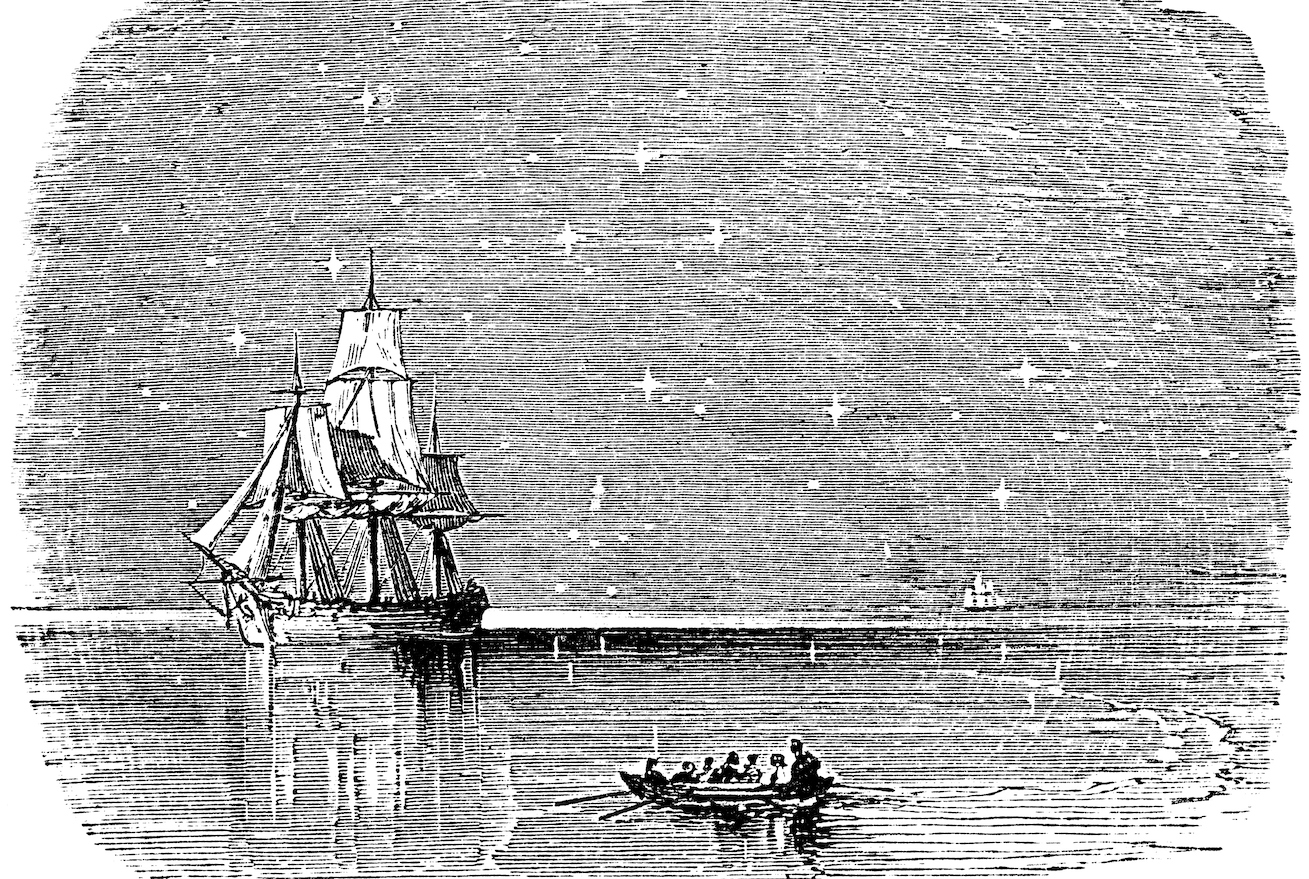
Arts & Culture
How did a cockatoo reach 13th century Sicily?

Australia’s Southern Cross has been used on flags and coats of arms since the early colonial period but, despite its endurance, it’s a very difficult emblem for many Australians
Published 22 September 2021
Australia has long had a connection with the stars.
There are few constellations that carry as much emotional weight, particularly for Australia’s settlers as the Southern Cross – for good or ill.
Dr Martin Bush, a Research Fellow in the School of Historical and Philosophical Studies, researches the cultural history of astronomy in colonial and Federation era Australia.

“People often draw Southern Cross symbolism back to the Eureka Flag, but of course, it was used there because it already had meanings for that community.”
The diverse cultures of Indigenous Australia hold many stories about the stars. In the Torres Strait, the Southern Cross is seen as the left hand of Tagai. In south-eastern Australia, people like the Boorong of Lake Tyrell saw the constellation as Bunya, the possum, being pursued by the Emu.
Crucially, Indigenous Australian cultures didn’t see the Southern Cross as pre-eminent amongst the stars – it represented just one of many stories of the skies.

Arts & Culture
How did a cockatoo reach 13th century Sicily?
By contrast, for European Australians in the nineteenth century, the Southern Cross or Crux, became the single most recognisable – and important - constellation in the Southern Hemisphere, and it’s this view that has taken hold for many non-Indigenous Australians.
Dr Bush says that migrants developed an emotional connection with the stars before they even arrived in Australia.
“Colonists from the Northern Hemisphere had a visceral sense of saying goodbye to the stars they knew and hello to new stars. The recognisable shape of the Southern Cross was substituted for their most familiar constellation, Ursa Major, as a way of remembering family and home,” he says.
The Southern Cross was often pointed out to these travellers by the ships’ crews and was well-known to nineteenth-century sailors.

These stars had already been used for many thousands of years to tell time and find directions in the Southern Hemisphere. European navigators only started going south of the equator in the fifteenth century but quickly realised the usefulness of the constellation.
They also claimed it as a Christian symbol.
“It was named as a cross very early on by the Portuguese and that was important to Portuguese and Spanish navigators, this idea that it was the cross of Christ placed in the Southern Hemisphere,” Dr Bush says.

Arts & Culture
Restoring one of the world’s rarest maps
The Southern Cross was used on flags, banners and coats of arms in Australia from early on in the colonial period. In these uses, the Cross represented a connection with the northern hemisphere, not a difference from it.
“This connection is most clearly shown in the University of Sydney’s motto – ‘the same mind under a different sky’. The Southern Cross represents Australia as the British society of the southern hemisphere.”
Dr Bush says that the Christian meaning also infused many of the early uses of the Southern Cross as a national symbol for Australia.
“When the Anti-Transportation League first displayed their flag in 1851, the Southern Cross was explicitly compared to the cross seen by the first Christian Roman emperor, Constantine, in the sky as an inspiration for winning their political fight.”

By the mid-nineteenth century, the Southern Cross was deeply imbued with all of this symbolism. So, in 1854, when European and North American gold miners took a stand against the colonial government’s administration of the goldfields, the Southern Cross was chosen as the central emblem for the Eureka flag.
Dr Bush says that using the image of the Southern Cross on the flag provided a banner that European and North American miners could unite under.
“The Southern Cross, without the Union Jack, was a symbol that all of the white miners could get behind, the Irish and Americans, as well as those miners who considered themselves patriotic British subjects,” he says.

As the century wore on, the Eureka flag faded from public memory. But in the early 20th century, it was revived by the labour movement and became known as a symbol of the working classes.
The Southern Cross was also the central emblem of the flag chosen to represent Australia in 1901. By this time, Dr Bush says that the Southern Cross had shifted from being a very practical marker of place to being a more abstract symbol.
“Understandings of the stars sublimated from something with a direct personal relevance to a much more symbolic marker of place,” Dr Bush says.
Although the Southern Cross had been adopted by the government, and established as a symbol of working-class struggle, over time it was also picked up by other factions, Dr Bush says.

“It was used in the trade union movement, but in recent years has also been picked up by elements of the racist right. For many Indigenous or non-white Australians, it is a very difficult emblem. We need to think carefully about how it has been used if we want a symbol for all Australians.”
Nonetheless, Dr Bush says that the Southern Cross continues to have a wide appeal, despite these connotations, for many Australians – it almost always features in designs for a new Australian flag, for example.
“The Southern Cross went from representing a connection to an expression of nationalistic difference. Yet through this complete transformation, its emotional resonance remains strong in both positive and negative senses – it’s a remarkable symbol in that way.”
Banner: Shutterstock